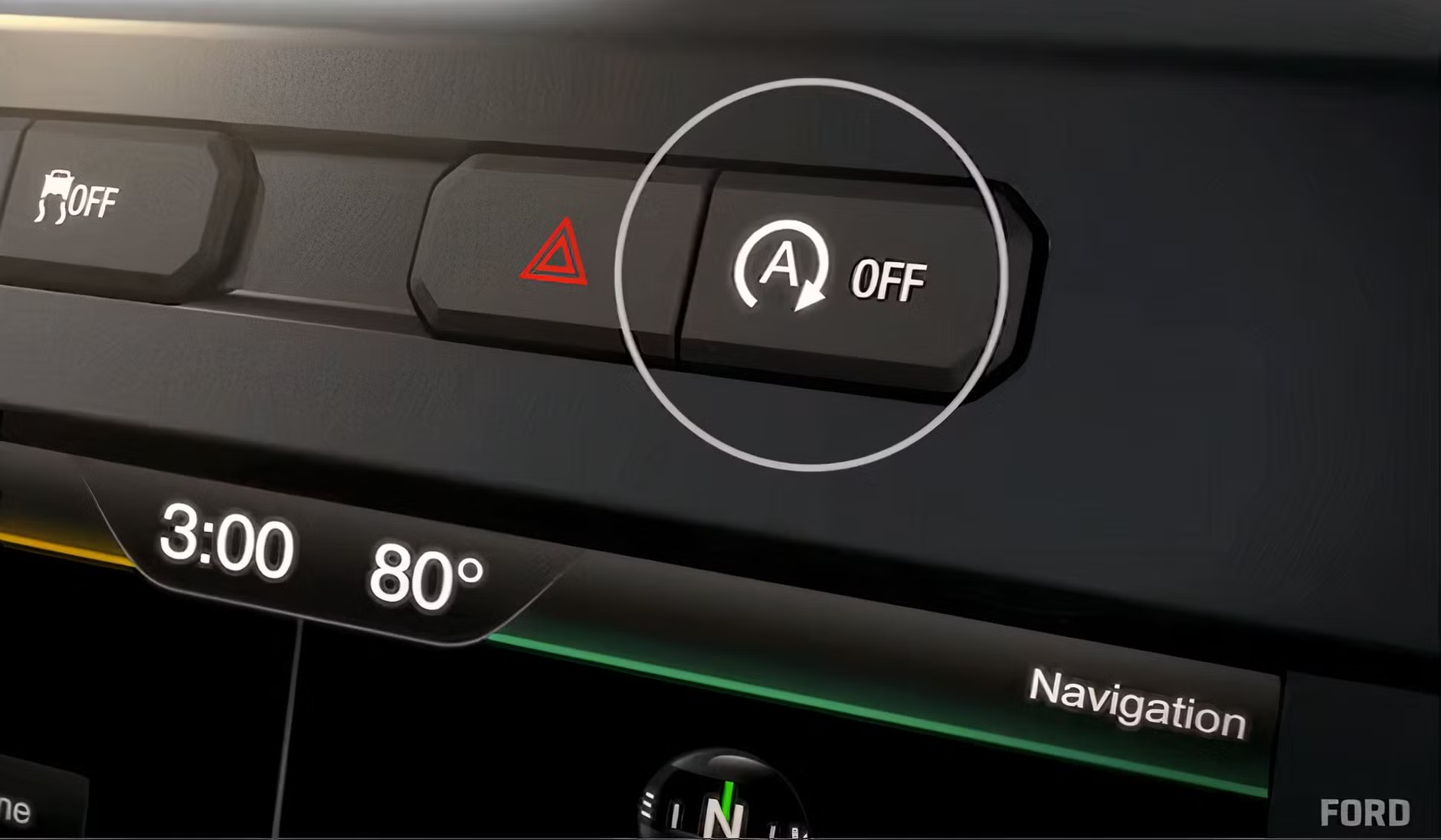The symbol of a “D” inside a circle is commonly associated with various meanings across different areas, particularly in the automotive sector and legal contexts. This article delves into the significance of this symbol, exploring its origins, applications, and implications in various industries, especially focusing on vehicle regulations and legal documentation.
Origins of the ‘D’ Inside a Circle
The ‘D’ inside a circle has roots that date back to various institutional designs and regulations. In the automotive world, this symbol primarily signifies “driver” or “driving,” indicating significant aspects tied to vehicle operation and legal compliance. Its emergence can be tied to the need for standardized symbols that communicate essential information to drivers, passengers, and authorities.
As global mobility expanded, the need for a common understanding of vehicle regulations and signage became paramount. The ‘D’ emerged as an easy way to represent critical legal and operational insights, especially concerning driving licenses and the legality of vehicles in specific jurisdictions.
Legal Implications
In many countries, the ‘D’ within a circle symbolizes the legality of a driver’s credentials. It often appears on various forms of documentation, including driving permits, vehicle registration, and similar legal documents. Importantly, it serves as a visual confirmation that the individual’s driving license is valid and recognized legally.
This symbol can also indicate adherence to various traffic regulations. For instance, a driver may be required to display this symbol on their vehicle in certain locales if they have specific driving endorsements or conditions attached to their driving license. This feature enhances road safety by ensuring that the authorities can easily identify compliant drivers.
The Circle Concept: Community and Protection
Beyond its legal implications, the circular shape surrounding the ‘D’ represents a sense of community and protection on the road. Circles are often interpreted as symbols of wholeness and unity. In this context, the ‘D’ encircled invites drivers to be part of a larger community of responsible road users who adhere to driving regulations and ensure public safety.
Moreover, this shielding symbolism can extend to a commitment to uphold the law and respect fellow drivers, pedestrians, and passengers. Thus, it becomes a reminder for drivers to maintain vigilance and responsibility while operating a vehicle, aligned with a broader ethos of community protection and public service.
Variations Across Jurisdictions
It’s important to note that the meaning of the ‘D’ in a circle can vary by jurisdiction. While the basic interpretation as a “driver” or “driving” symbol is fairly consistent, specific requirements and the legal significance may differ from one country to another.
For example, in some European nations, the symbol can have implications regarding international driving regulations, where a foreign driver may need to display this symbol to indicate their compliance with local laws. In contrast, other countries may reserve this particular symbol for specific vehicle categories or endorsements, like commercial or professional driving licenses.
Usage in Vehicle Registration
The ‘D’ symbol also plays a central role in vehicle registration practices. Many countries have adopted this symbol as a part of their vehicle registration plates to signify compliance with local motor vehicle laws. When seen on a license plate, it indicates that the vehicle is legally registered and the driver possesses valid credentials.
This practice assists law enforcement officers and regulatory agencies in quickly identifying vehicles that meet the necessary legal standards. Consequently, drivers can feel more secure knowing that their vehicles are compliant, and they contribute to safer road environments.
Cultural Associations
Interestingly, the ‘D’ within a circle has also found cultural resonance beyond legal confines. Various communities can interpret the symbol in distinct ways. In some contexts, the letter ‘D’ can stand for distinct local names or organizations promoting safe driving programs.
These cultural interpretations can enhance the symbol’s relevance by connecting it to broader community efforts that encourage safe driving practices and responsible vehicle ownership. Thus, the symbol becomes part of a larger narrative about public welfare and ethical driving.
Symbolism in Technology and Apps
With the rise of technology and mobile applications aimed at enhancing driving experiences, symbols like the ‘D’ in a circle have been adapted for digital platforms. Numerous driving-related applications utilize this visual to indicate features or services aimed at drivers, such as route optimization, compliance notifications, or driving skill assessments.
In this digital age, the symbol communicates essential information at a glance, helping users understand specific functionalities tied to each application. Therefore, as technology continues to proliferate, the ‘D’ within a circle maintains its relevance, evolving alongside driving practices.
Environmental Considerations
In an age where environmental conservation is at the forefront of global concerns, the ‘D’ in a circle can also symbolize responsible vehicle use. It signifies a commitment to following ecological guidelines associated with driving, promoting eco-friendly practices and vehicle efficiency.
Certain regions may use this symbol to denote compliance with emissions standards or sustainable driving habits. By adhering to such regulations, drivers contribute to a collective effort toward reducing the carbon footprint of automotive travel.
The Future of the ‘D’ Within a Circle
As society continues to evolve, the significance of the ‘D’ inside a circle may also adapt to meet contemporary needs. With advancements in vehicle technology, such as autonomous driving features and smart transportation systems, symbols like the ‘D’ may evolve to represent new meanings and implications.
Furthermore, public transport systems and smart city initiatives may integrate this symbol more prominently to signify zones where specific driving regulations apply or where certain actions are required from drivers. As we progress, the symbol can continue to signify critical aspects of the driving experience in a fast-changing world.
Conclusion
The symbol of the ‘D’ within a circle carries multiple layers of meaning, from legal implications to a representation of community and safety values. Its uses and interpretations range widely across jurisdictions, cultural contexts, and applications, showcasing the universality of its message regarding responsible driving and adherence to regulations.
As our understanding of mobility evolves with technology and environmental considerations, this symbol will likely adapt, potentially taking on new meanings relevant to the future of driving. Nonetheless, it will continue to exist as a powerful reminder of the importance of safe and responsible vehicle operation on our roads.
FAQs
1. What does the ‘D’ in a circle symbol mean in driving regulations?
The ‘D’ in a circle generally signifies “driver” and is often associated with legal compliance regarding driving credentials and vehicle registration.
2. Can the ‘D’ in a circle symbolize anything other than driving?
Yes, in some contexts, it may represent community initiatives promoting safe driving or could be used in specific technology applications related to driving.
3. Does the meaning of the ‘D’ inside a circle differ by country?
Yes, the interpretation of this symbol can vary widely from one jurisdiction to another, reflecting different legal driving requirements and cultural meanings.
4. Is the ‘D’ in a circle used in vehicle registration?
Absolutely; many countries incorporate this symbol into vehicle registration plates to denote compliance with local driving laws and regulations.
5. How might the symbol evolve in the future?
As technology advances and mobility patterns change, the ‘D’ inside a circle may adapt to represent new driving concepts, regulations, or community initiatives related to road safety.



